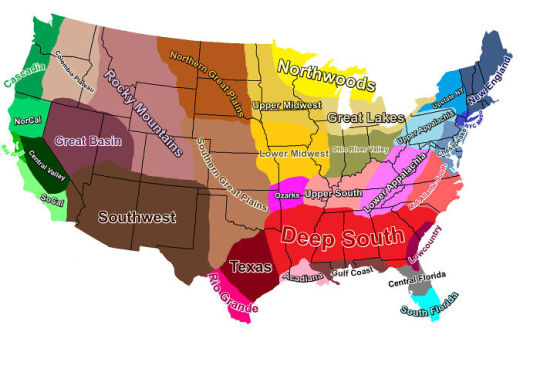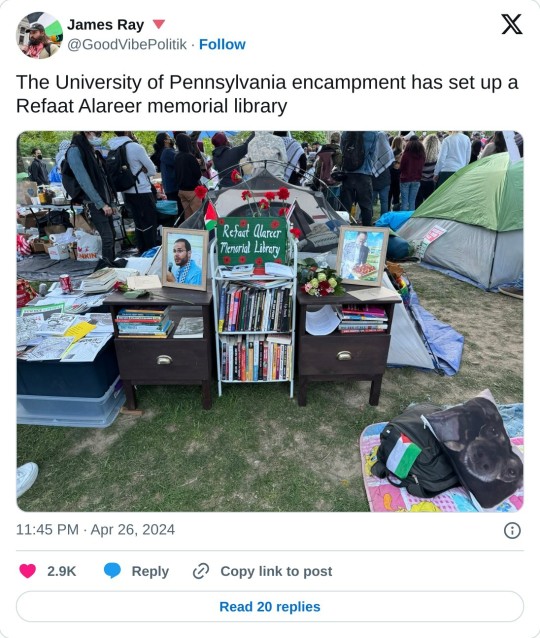I got tired of useless, only aesthetic studyblrs so here are tips and refs, my good dudes… sorry if i reblog non study stuff either they are useful to know or they are accidental and they were supposed to go on my main acc
Last active 4 hours ago
Don't wanna be here? Send us removal request.
Text
online library so far:
margaret atwood
the brontës (the complete works is a MASSIVE file fyi)
anne carson
hélène cixous
bell hooks
clarice lispector
audre lorde
virginia woolf
compilations
feminist theory
academic writing (both books and articles)
everything here is in pdf format so you should be able to download and read it on any device. it’s slow going because i have a lot of epubs that i have to convert before uploading and the folders i’ve listed here are neither complete nor comprehensive, but it’s a start!
29K notes
·
View notes
Photo



A collection of Black Books of Hours
Black Hours, ca. 1475 (Morgan Library, New York)
Horae beatae marie secundum usum curie romane, ca. 1458 (Hispanic Society of America)
Black Hours of Galeazzo Maria Sforza, ca. 1466-1476 (Austrian National Library)
13K notes
·
View notes
Text

If anyone was wondering, Duolingo just got even worse.
33K notes
·
View notes
Text
what if i told you there was one user on the russian social network/ video sharing website odnoklassniki/oднокла́ссники that has uploaded nearly every movie ever from 1896 to the current day, mostly with subtitles. and including that has uploaded every criterion collection film in full hd with subtitles. for free. all hail ok.ru user fleurinna guta
they keep their films in unlisted folders so you cant just see them all on their profile unfortunately but ill provide links. also don't ask me why this user separates their films in this way, i don't know and frankly it confuses me too.
EUROPEAN FILMS (sometimes includes west asian films?)
JAPANESE FILMS
CLASSIC FILMS (aka american and British films)
"MISC FILMS" (aka films from everywhere that isn't the usa, europe, japan. sometimes films from the GDR are in here which is confusing again because communist germany was still part of europe)
this is a much better alternative to stuff like 123movies or bflix because there are no hot singles in your area or games that you wont last 5 minutes playing. hope u enjoy and let us all praise and embrace user fleurinna guta
89K notes
·
View notes
Photo

Just in case you forget this exists.
It exists.
490K notes
·
View notes
Text
I'm gonna make a post with all of the 'stick figure violence' adjacent images I have. if anyone knows any similar ones I'm missing PLEASE SEND ME THEM. I have an unhealthy obsession with them.
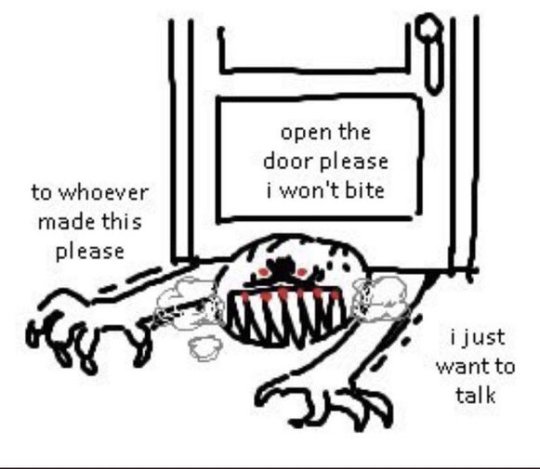
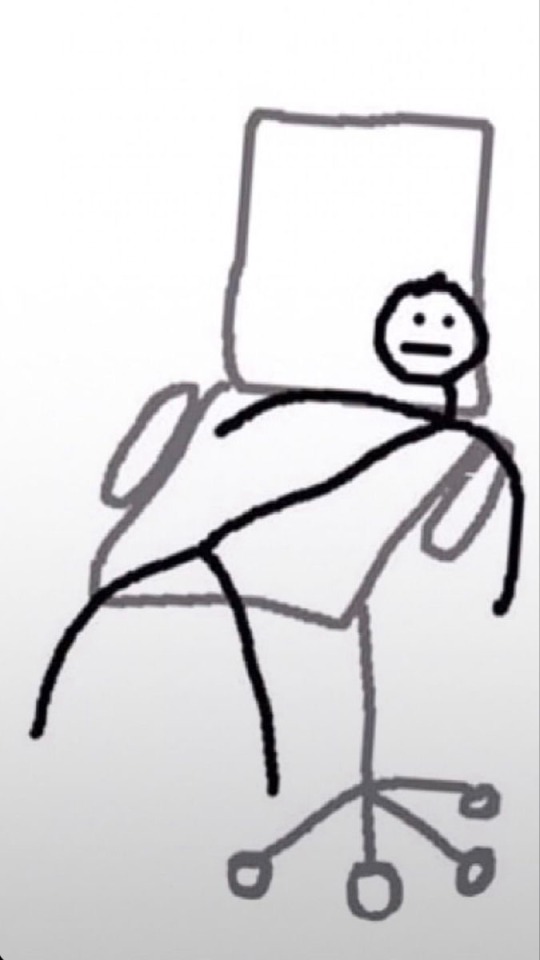
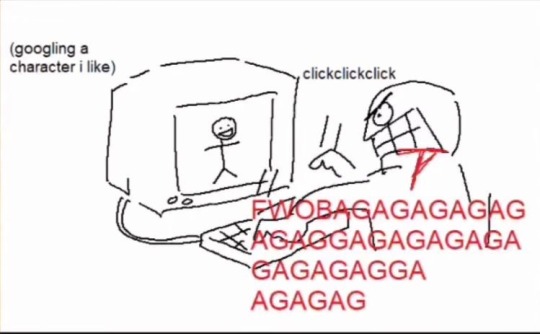


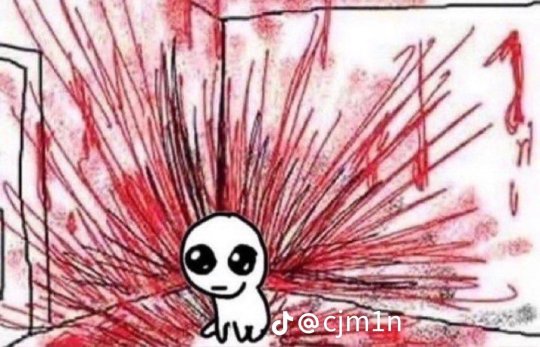

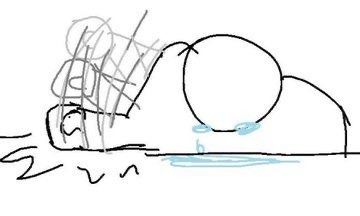


60K notes
·
View notes
Text
Hey, don’t cry. Free online database of Japanese folk lore
87K notes
·
View notes
Text
It's so weird talking to people who's view of "here's the way life is for everyone" is shattered as soon as they talk to someone with disabilities (physical, mental illness, any). Like you'll say you'll have a problem and instead of helping you they'll argue with you about how you're not actually facing that problem. Like,
Me: Hey, I'm really struggling to find a job and a part of it is my resume. I was depressed & psychotic during highschool so I didn't do anything to gain skills or achievements to put on my resume. I also don't have anyone to put as a reference. What can I do?
Them: You can add your skills, hobbies, clubs you're in, and different volunteer work you've done! You can also get your teacher as a reference.
Me: I already know what to put on a resume, my issue is that I don't have things that I can use. Also, I'm in my mid 20s so I don't know if I can put my highschool teacher as a reference.
Them: Well if you're a part of a church or an activity group, you could add that. Also, think of any projects you've worked on in the past.
Me: I already know you can put these things on a resume. I'm not looking for suggests of things I've already done, I'm looking for what I can do now if I haven't done anything.
Them: There's no way you didn't do anything during highschool?? What about some odd jobs you definitely did for extra money, like babysitting or mowing the lawn?
Me: I spent all of highschool either in modified classes or in bed doing nothing - not even hobbies, what about that do you not understand?
And then you talk to someone who's also disabled and they're like "Here's a bunch of jobs you can do from home that don't pay much but look good on a resume, here's some free online courses that also look good on a resume, here's how you can be making small amounts of money in the meantime, here's some things you can put besides a professional reference, and here are your rights if your future employer tries to take advantage of your disability - which you probably shouldn't tell them about unless you need accommodations."
And suddenly my will to continue trying returns!
131K notes
·
View notes
Text
Japanese Reading Resources for Absolute Beginners
A question I encounter often is "How much Japanese should I study before I can begin reading in Japanese?"
From my experience as a learner and reader myself and from managing a Japanese book club for other learners I can honestly say that you can start way earlier than you probably think!
There are many resources that only require knowing hiragana. Those texts usually teach vocabulary through pictures and only use basic grammar.
Some are even simpler than that: The Japan Foundation's Hiragana Books are great for those, who are still remembering hiragana characters. Every short book introduces only 1-2 new characters, so it's a great reading exercise for those who've just started.
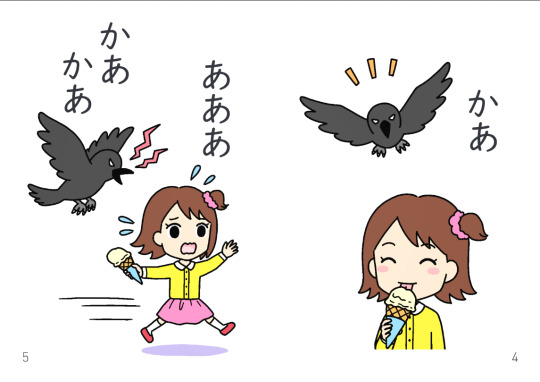
The free graded reader 「どうぞ、どうも」 by the NPO Tagengo Tadoku only uses the words 「どうぞ」 and 「どうも」 to write an entire story. Again, this makes for a great exercise in reading hiragana and understanding context. Another "level 0" recommendation by the same NPO would definitely be 「しろい?くろい?」. This book uses the full range of hiragana characters but the grammar is simple and all used vocabulary is illustrated.
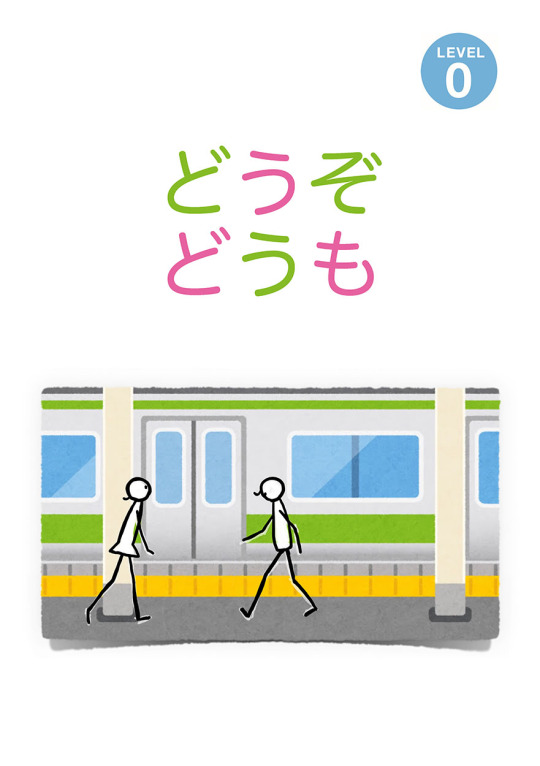
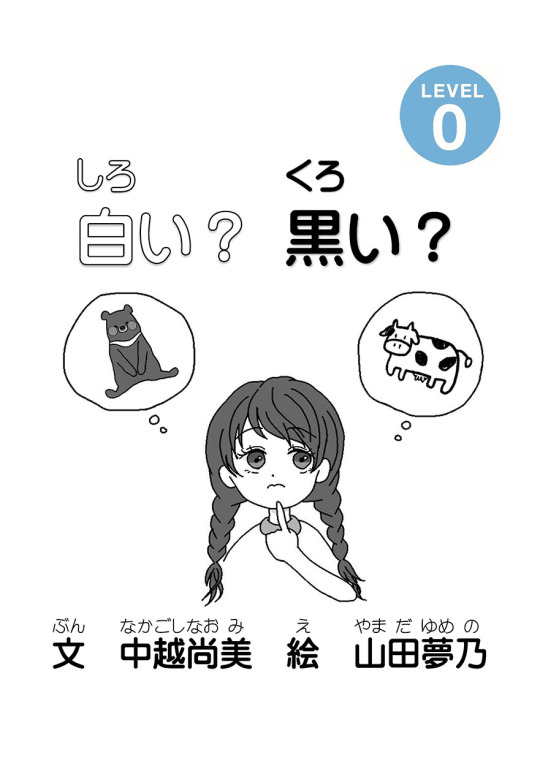
Another site with great resources for absolute beginners is Nihongo Tadoku Dōjō. If you have memorized both hiragana and katakana and know how the particles を and で work you will be able to read this text about stationary (ぶんぼうぐ) and understand everything by looking at the pictures!
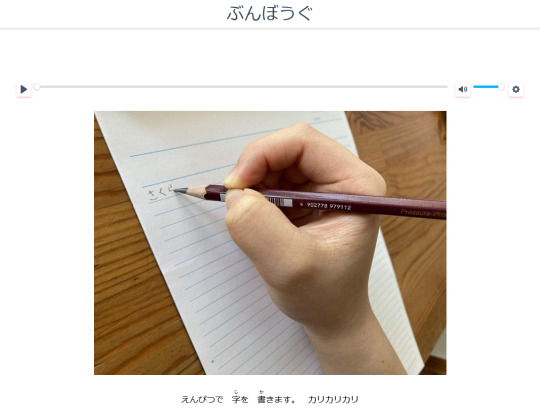
The resources linked so far can all be accessed completely free on the linked websites. If you have the money to spare, please also have a look at the box 「スタート」 from the series reberubetsu nihongo tadoku raiburarī published by the NPO Tagengo Tadoku and ASK (affiliate link). This box includes 8 little books in very simple Japanese.
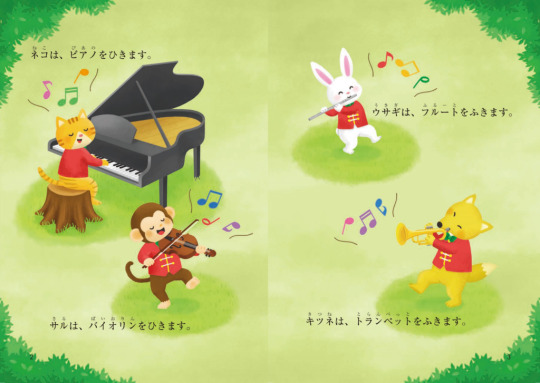
All these texts for absolute beginners will get you started reading in Japanese with very little knowledge of characters and vocabulary.
Reading in Japanese is a skill that requires practice. But once you get used to it, it can be such a valuable tool to reinforce new vocabulary and grammar. So please don't wait until you're "ready" before you start reading - start early at your own level!
1K notes
·
View notes
Text
Pine's Ridiculously Long List of Free Japanese Study Materials
First Month Edition
All my current study materials, because sharing found resources is caring. These are not JLPT-specific and are for pre-beginners to beginners like me. I can't believe I have been studying for a month. Comparison is truly the thief of joy. I am a slow learner, but that's okay. Find a community because it truly does make a difference. Shoutout to Seitokai's Nihongo Discord, and to @tokidokitokyo whose post let me know about it and is just overall a great person too.
Main study material: Marugoto Online A1 Self-Study Kastudoo and Rikai with downloaded PDF and Wordbook (my original post about it)
Supplemental references:
A Dictionary of Basic Japanese Grammar (The only NOT free resource in this list, sorry! The e-book sold on Amazon does not have good reviews as it's a scanned copy of the book, rather than a properly formatted e-book. A free alternative to this is JapBase which also contains Intermediate and Advanced content.)
Marugoto Plus which accompanies the Marugoto courses and includes videos, audio files, etc.
Apps: Anki, Renshuu
Anki decks:
Tatsumoto's Kana (Recognizing and Writing)
Tatsumoto's AnkiDrone Sentence Pack V7
Official KanjiDamage Deck (from the creator of KanjiDamage, crude language warning for both the deck and the site)
Marugoto A1 Rikai Katsudoo 2021
Dictionaries:
Rikaitan browser extension (installed JMDict English V4, JMExtra, 日本語文法辞典(全集), and Kanjium)
Takoboto app (with offline access)
Other resources:
Sukiruma for practice writing sheets
Reader Ttsu for reading Japanese materials on a browser (used in conjunction with Rikaitan, since I couldn't find an e-book reader that I can install a Japanese dictionary in)
Sousakuba for downloadable genkouyoushi without watermarks
Youtube:
Favorites marked with a ⭐️.
Comprehensible Input for what it says on the tin, in bite-size formats
Daily Japanese with Naoko for vlogs with Japanese subtitles
Dogen for the funny videos that you can learn from and/or relate to
Game Gengo because Japanese learning through games, and has JLPT geared content if you're looking for it
Gino Kei who has shorts teaching Japanese in a not so serious way
Hiro - Food in Japan for cooking videos, not in Japanese, but these make me crave for Japanese food anyway so that counts
⭐️ Japan Eat for Japanese food commentary in English and also makes me hungry. So, yeah, not in 日本語 but it's delicious so that also counts
Japanese Koro mostly for kana reading practice which actually helps you get short serotonin boosts for when you do actually get to read the words correctly
Japanese Quest which plays games in Japanese
⭐️ Japarrot! for fun, animated comprehensible input videos
Let's ask Shogo for culture content
⭐️⭐️⭐️ Matcha Samurai for delightfully unhinged culture content, debunking Japanese misconceptions one video at a time
Namba Tsuyoshi for no narration Japanese walk with me style vlogs, very chill and relaxing
⭐️ NihongoDekita with Sayaka for fun, short grammar content
ShekMatz Japan has videos/playlists where she teaches Japanese in Tagalog, so if you can't understand Tagalog, you'd better skip it
Sora The Troll because why not
⭐️ Takashii from Japan is honestly one of my favorites, even before I started learning Japanese. His interviews are just really good!
Taro's Sewing because my toxic trait is thinking I can sew the cool things they post. Also comes with short Japanese commentary on screen
Tokyo Lens counts as uh, immersion even if it's not in Japanese, but it's in Japan so that counts? Yeah, let's go with that
もしもしようすけ for Japan vlogs/walk with me with Japanese and English subtitles
Yomii Japan Piano if you like piano and the occasional trolling
Japanese Calligrapher Takumi because my other toxic trait is thinking I can write this beautifully
858 notes
·
View notes
Text
How To Read and Understand Japanese Sentences (Part 2)
To catch who is doing what; who is the main subject and who is being affected by the action; you have to pay attention to the particles.
When a person is followed by the particle は such as (田中さんは…), the speaker is trying to tell you about Mr. Tanaka.
In other situations where the speaker wants to emphasize that IT IS Mr. Tanaka who did something, the particle が would be used instead (田中さんが…)
When an object is followed by the particle を, you know the subject is doing something to this object. If I say ご飯を…, you know the subject is going to do something to the meal. Whether he is eating a meal or cooking a meal, that... you have to read the verb at the end of the sentence.
In Japanese sentences, you will never know what happened to the object or what the subject did to the object until you read the verb at the end. For instance, if I say ドレスを…, the subject could wear a dress, buy a dress, draw a picture of a dress, sew a dress, or even steal a dress, etc. There are many possibilities to what the subject could do to a dress in that sentence. As a reader, you would never know until you see the verb at the end.
And to make a simple sentence longer, Japanese people would add extra details to describe about the subject or/and the object. Let's take a look at this simple sentence below.
女の子はドレスを着ています。
The little girl wears a dress.
This is the most basic sentence structure of Subject+Object+Verb.
You have no idea where this girl comes from, what kind of dress she is wearing, what colour is the dress, etc. Now, let's make it longer.
隣に住んでいる女の子は、先週の誕生日に私からもらったかわいいピンクのドレスを着ています。
The little girl who lives next door wears a cute pink dress which she received from me as a present on her birthday last week.
Now, you have a better image in your head about the little girl and the dress she is wearing. It enhances your imagination about the character and the storyline.
Let's take another sentence.
姉はチーズケーキを食べました。
My elder sister ate a cheesecake.
Again, there is very little to feel and imagine from this short sentence. Let's make it longer by adding some details about the cake.
姉は父が仕事の後、家に帰る途中で私のために買ってきたチーズケーキをうっかり食べてしまいました。
My elder sister accidentally ate the cheesecake that my father bought for me on his way home after work.
Now, you could feel the sadness and disappointment of the speaker towards the elder sister of what she did. And you also know where that cheesecake came from.
82 notes
·
View notes
Text
How To Read and Understand Japanese Sentences.
As you know, Japanese language is a SOV (Subject-Object-Verb) pattern while English is SVO pattern.
Some learners may know a good amount of vocabulary words but they still cannot understand the meaning of a sentence even if they know how to read every single word in that sentence. Why is that so?
This may be due to learners reading the wrong way. In order to understand Japanese sentences, follow the following steps:
1. Identify the subject with the noun followed by either a は or が. (Usually in the beginning of a sentence but there are some writers who purposely put the subject in the middle.)
2. Read the end of the sentence to locate the verb. Yes, you read this right. Just go straight to the end of the sentence to identify the verb.
Example:
私はその人を常に先生と呼んでいた。
In this sentence, the subject is 「私は」。Next, go straight to the end and identify the verb
Here, the verb is 「呼んでいた」 which means "called".
So now, you know what the subject is doing with 私は and 呼んでいた which means "I called."
Next, read the rest of the middle part 「その人を常に先生と…」 meaning "that person always teacher"
The whole sentence means "I always called that person as teacher."
Note: This sentence is the first opening line from the Japanese classic literature novel 「こころ」 by 夏目漱石。
94 notes
·
View notes
Text
The Entirety of Japanese, Lesson #1
AKA - I'm sorry, you do have to learn all three scripts.
Welcome to our first lesson! Today, we are going to learn how to read Japanese.
Sort of.
See, it's not something you can learn in one day, or one lesson. Learning a language is a gradual process that doesn't cement until you start *using* it.
So we will go over the basics, both the WHY three scripts and the HOW to learn all three over time, and then provide 10+ FREE resources from all over the internet for you to practice with!
Let's go!
Why All Three Scripts?
Short answer: because I said so.
Kidding.
The Japanese language has no spaces in it. Unlike English where there is a space between each word, Japanese sentences look like this:
スモモも桃も桃のうち
All three scripts are in this sentence. It translates to "plums and peaches are both like peaches". An odd sentence, but here's why I chose it...
When you write it in *just* Hiragana (the basic, "first" phonetic script), it looks like this:
すもももももももものうち
Yikes. So many も, with no way to tell apart the multiple words in the も train.
So... how can you tell similar words apart when written out?
Wait, let's look back a bit. Can you tell where different words are in the sentence before? Yes. Even without being taught *anything* about the Japanese language, you can tell where different words start just by looking at it.
By writing in multiple scripts, you can tell similar words apart.
Okay... But How Do I Learn Them?
There's quite a few ways to learn them. In fact, on Thursday we will be publishing community responses from our Discord detailing how THEY learned the scripts.
But for now, here is the two first scripts you'll learn in their entirety, thanks to Coto Japanese Acamedy
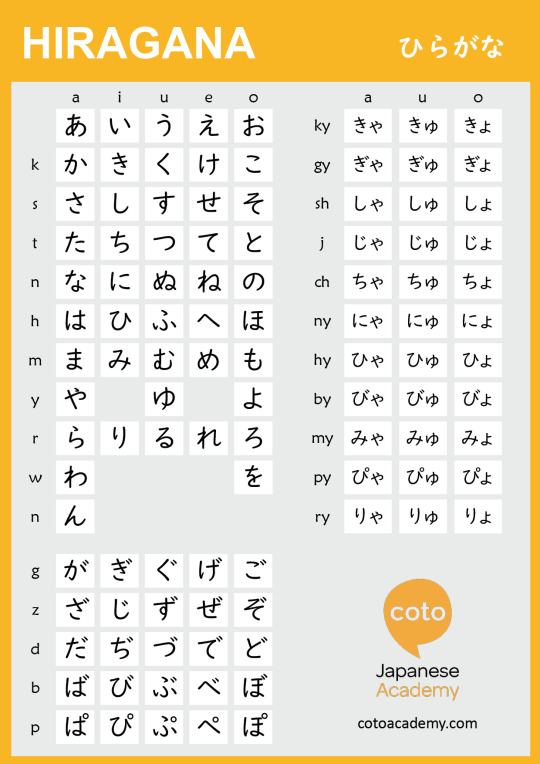
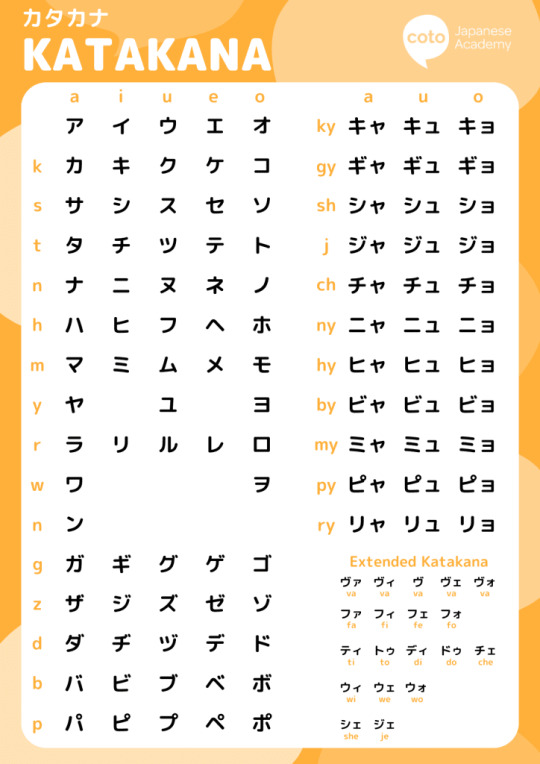
You'll learn these first for three reasons:
First, they are easier.
Second, you can spell any word in Japanese with these two scripts. Not a hard and fast rule, but Hiragana is used for native Japanese words and Katakana is usually used for international loan words, emphasis, names, and 'sound effect words', aka onomatopoeia.
Third, you'll see Hiragana above Kanji (the difficult one) that tells you how to pronounce Kanji.
As far as actually learning them, you *could* just write them down over and over.
Writing is super important when learning Japanese.
But it might be easier to start with some apps, games, and videos where you can learn the characters both in context AND within words.
Here's our favorite FREE resources:
Duolingo (Website, Android, and Apple) is great for learning singular words and Hiragana / Katakana, however explanations of grammar is limited to desktop. Still, PERFECT for the beginning stages regardless of device.
Bunpo is another free app for learning Japanese!
JapanesePod101's videos on Hiragana and Katakana over on Youtube are fantastic for hearing natural speach.
Tofugu's Hiragana and Katakana blog posts have the * best * mnemomics, with sound bites.
Busuu's (Website, Android, Apple) Japanese course starts off with Hiragana words to get you speaking immediately.
Kana (Apple, Android) is a free app dedicated to JUST Hiragana and Katakana.
Tae Kim's Guide to Learning Japanese is the holy grail for new Japanese learners. Of course, it has a no-frills explanations of all three scripts.
Japanese Ammo with Misa has detailed lessons on everything, including Kana.
Here's a video on the difference between printed and written Hiragana fonts.
And finally... our discord server.
Wait... what about Kanji?
Well, the problem is there's a lot to learn. A LOT.
You'll be learning them over the course of yearssssssss. But that's fine; you can tune into our lessons to learn them.
Join right here to practice what you learn! You'll also gain access to new friends learning the same language AND more free resources.
We can't wait to see you there!
191 notes
·
View notes
Text


Instructions for how to download a Youtube video using VLC on Reddit
Instructions for how to navigate the underworld on an Orphic gold tablet
53K notes
·
View notes

